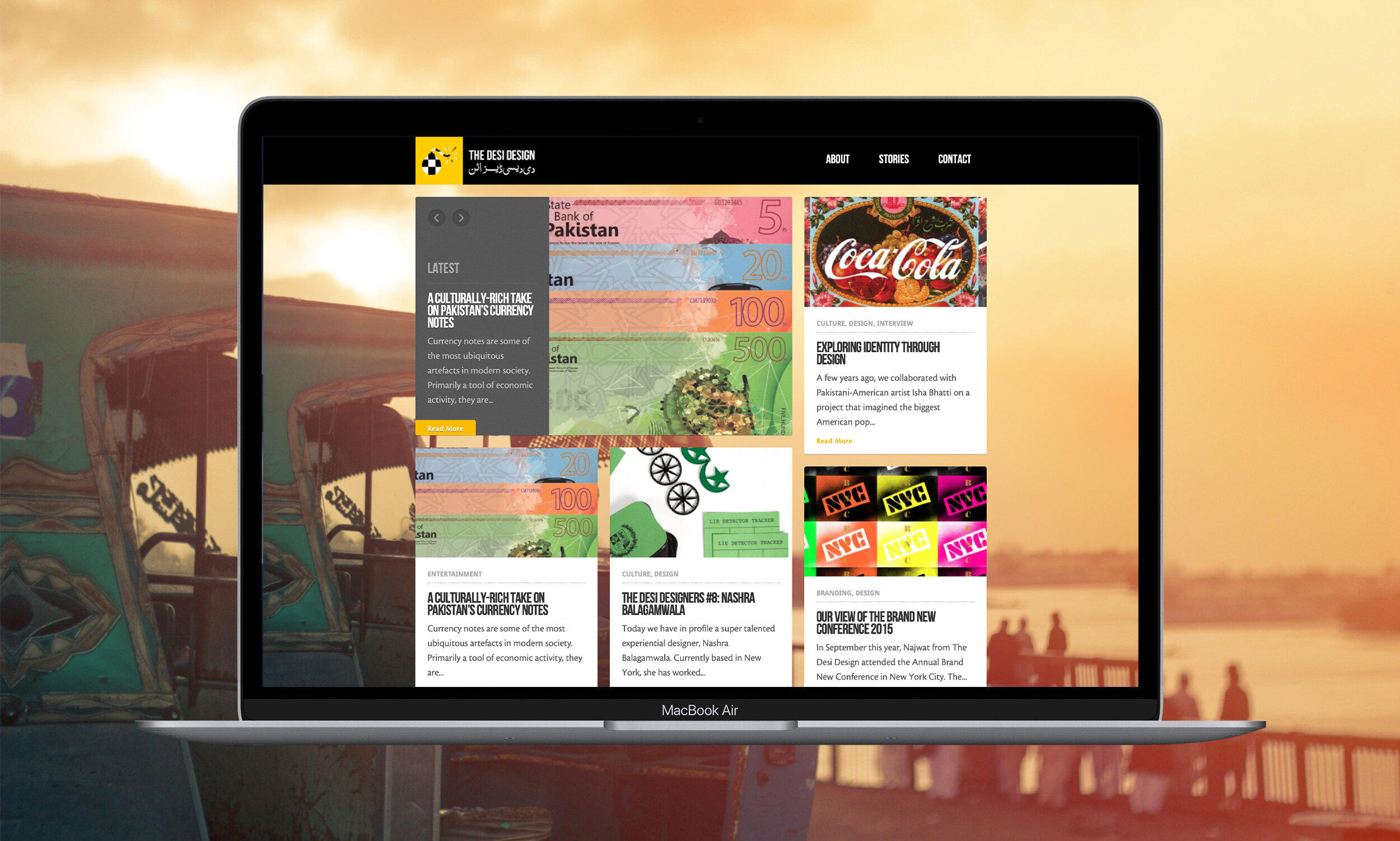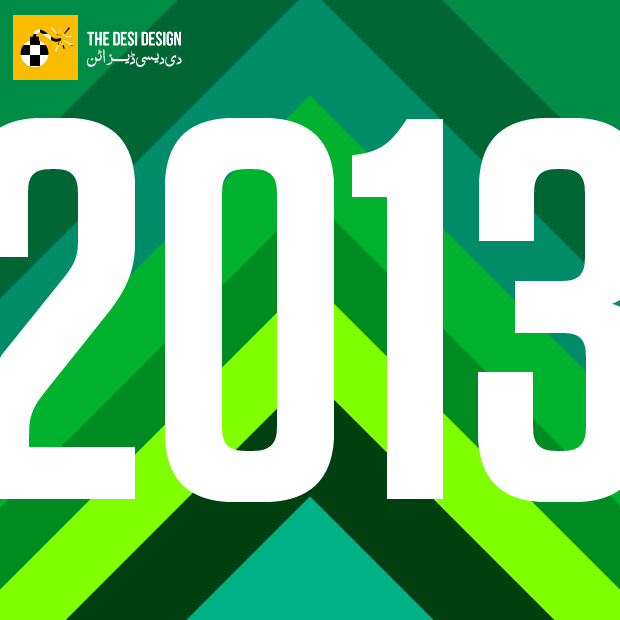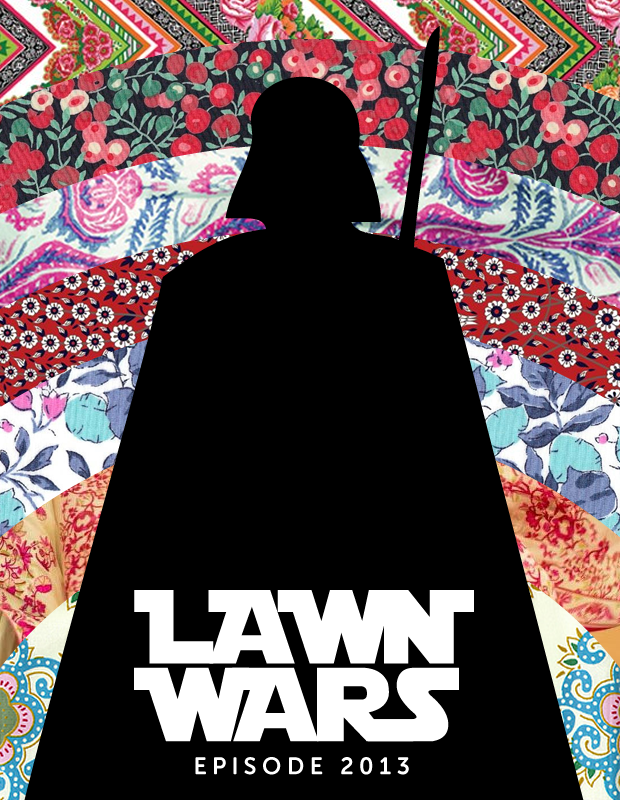The Desi Design
As founder and editor of Pakistan’s premier design publication, I set out to change the perception of design from an aesthetic afterthought to a force for social innovation. The magazine grew to be the country’s premier hub for conversation and critique on design.
publishing, graphic design, writing, social media

Ambition
My creative practice has always inhabited intersections—design, technology, storytelling, social innovation. However, design is too often relegated to a ‘make things pretty’ role. I wanted to change this: I wanted to create a space in Pakistan that brought together designers and artists and, just as importantly, people not identifying as such, to engage in conversation and reflection about the potential (and pitfalls) of design as a force for social good.
Action
Starting with a personal WordPress blog, I gradually built an engaged audience. I then transitioned the blog into a dedicated online magazine with contributions from other writers and designers. Another key component of the community were social media properties: with over 20,000 followers on Facebook, magazine content reached a wide a diverse audience in Pakistan and beyond.
Outcome
The Desi Design grew to be a widely popular online magazine dedicated to design in Pakistan. Written features and design projects offered perspectives on design, culture and social issues, attracting a large following in the creative community as well as the wider public. Visit the website at this link.
Roles and skills
Writing/editing
Graphic design
UI/UX
Branding
WordPress
HTML/CSS
Social media marketing and management
With a distinct visual aesthetic, The Desi Design features a variety of stories including interviews, event reviews and projects by up and coming designers. Background photo by Irfan Junejo
A different narrative.
The Desi Design was born during an especially fraught moment in Pakistan’s troubled history: terrorist violence approached an alarming crescendo and the fledgling democracy looked ever so fragile. Amid this context of despair and hopelessness, we set out to offer a different narrative about Pakistan, one of resilient optimism. The magazine’s brand identity captures this distinct idea: the bomb and the jarring pattern within it, while an acknowledgment of the country’s challenges, simultaneously represents, against a hopeful yellow background, the immense talent and potential the country possesses. The Desi Design is an effort to highlight and unlock this potential.
Social service through design.
In response to widespread allegations of voter fraud during Pakistan’s landmark 2013 general elections, The Desi Design proposed a redesigned ballot system with a focus on security and ease of use. The proposal quickly gained momentum on social media and was converted into an open source project.
Icons from the Noun Project.
Speaking out against injustice.
Evocative visual design is used to call attention to social injustice. This example, a response to rising sectarian violence against Pakistan’s Shiite minority, features a simple calligraphic manipulation to illustrate the idea that regardless of differing religious beliefs, we are all human.
Design by Najwat Rehman
Celebrating the country’s visual culture.
With a view to document and celebrate the country’s vibrant visual culture, The Desi Design’s social media channels feature carefully curated historical and current examples of art, design and consumer culture.
Image by Pakistan Tourism Development Corporation
Highlighting home-grown talent.
While Pakistan boasts an abundance of design talent creating remarkable work, there’s a lack of platforms to promote and engage with this work. To change this, the magazine interviews and profiles upcoming and established Pakistani designers and artists.
Art by Mariam Quraishi
One of the key objectives of The Desi Design has been to support causes of social, political and cultural importance using design. In 2014 vandals set fire to the Ziarat Residency, the final home of Pakistan’s founding father, Muhammad Ali Jinnah, and a national cultural asset. This illustration celebrates the iconic structure, while at the same time condemning the destructive act. The artwork was used by civil society activists to urge the national government to repair and protect the building. Later, the artwork was used by the government itself to announce the completion of restoration work. Design by Najwat Rehman
Along with social activism, the magazine also uses design for humor and entertainment. ‘Umrikun Musicians, Desi Grounds’ featured posters for mock concerts by popular American musicians in less-prominent Pakistani cities. Design by Isha Bhatti; creative direction by Najwat Rehman
In addition to a large and engaged online community, major publications also celebrated The Desi Design, including LUMS Business Review (pictured) and Aurora magazine.


















